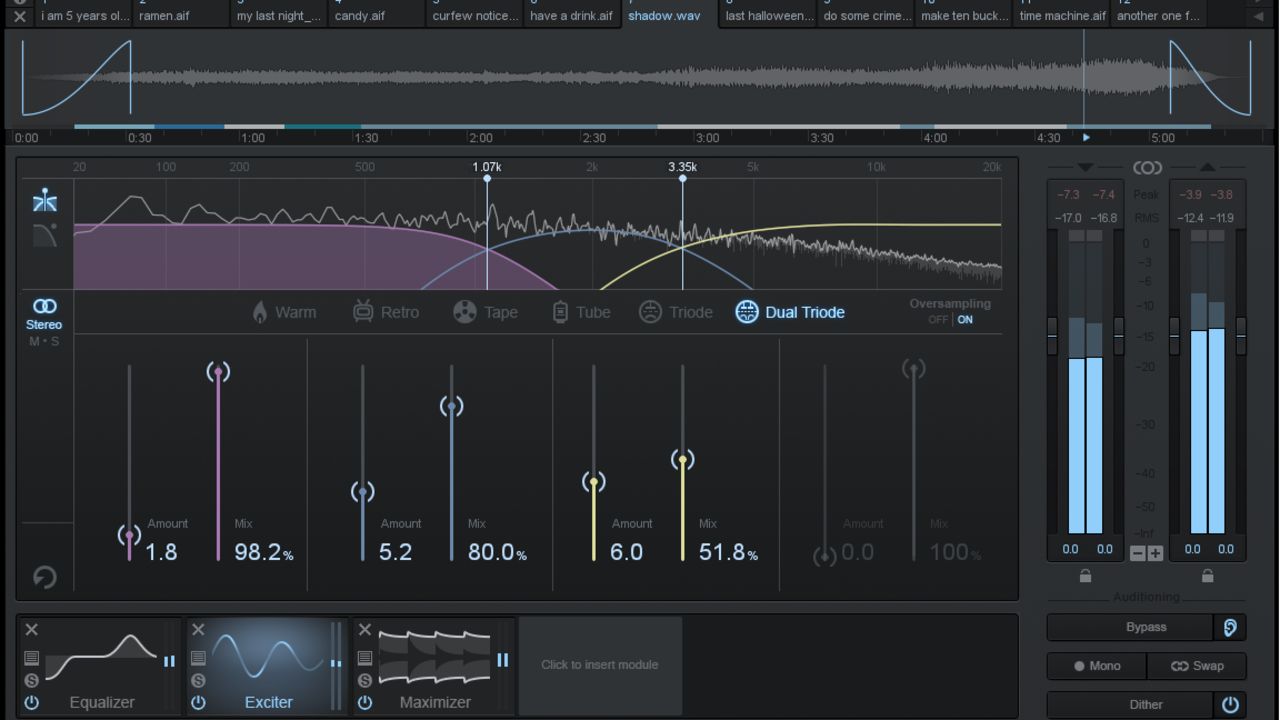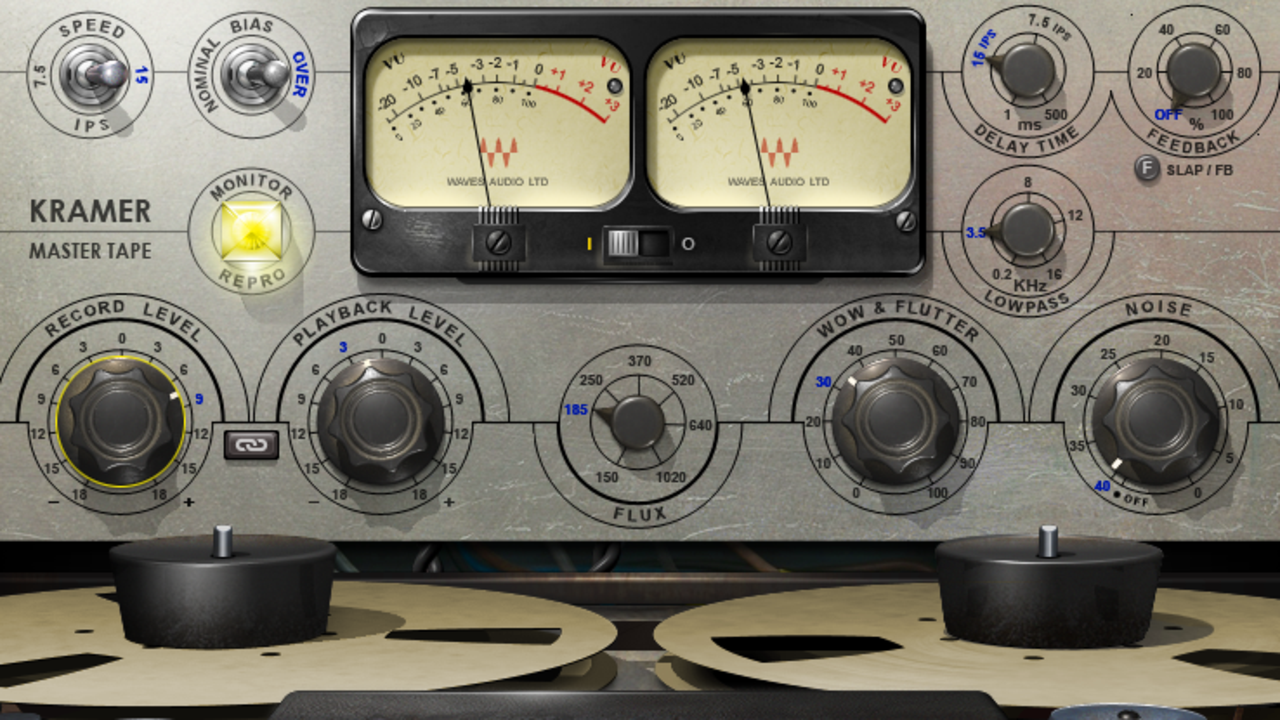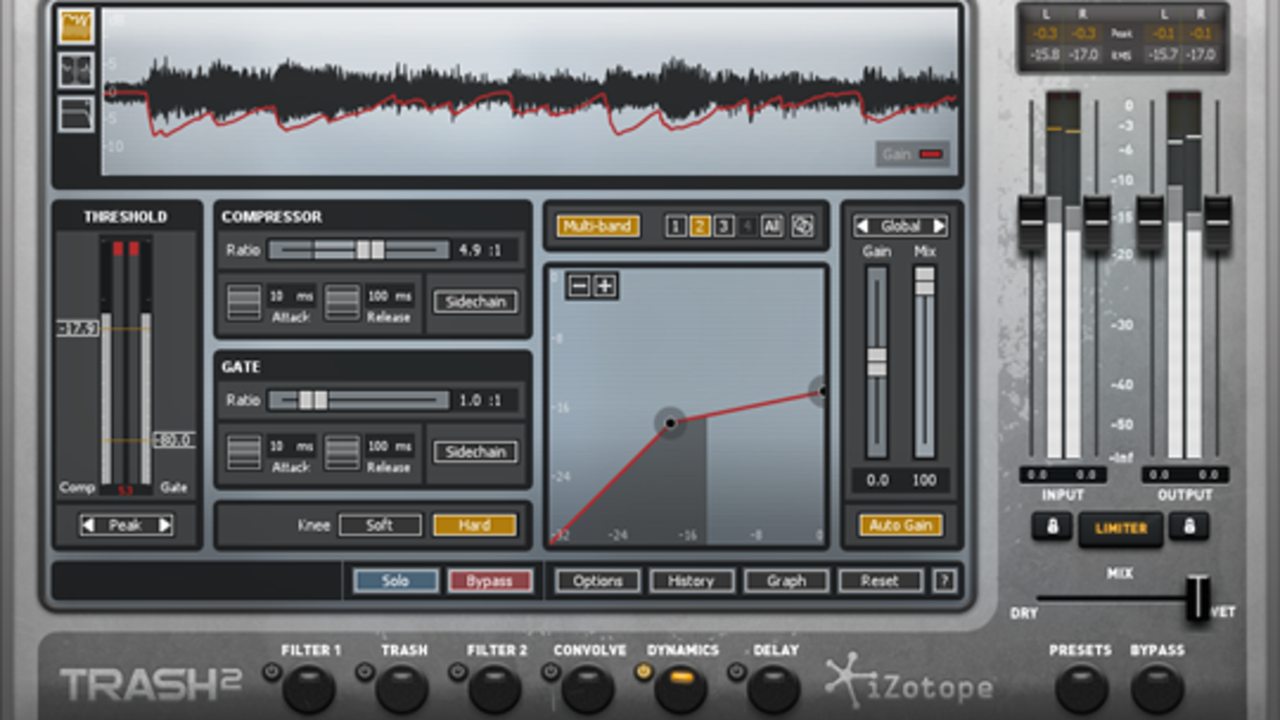The All-Things-Audio Blog
Create Tone through Distortion

I love to mangle my effects to get different character rather than your straight-forward reverb or delay. By adding distortion and messing with the pitch, you are not only creating different tones and textures, but you're expanding the harmonic content.
Remember the lower a note is played, the lower its cycle (hz) becomes. So by modulating pitch on a reverb or delay, you are increasing and decreasing the frequency at which that sound occurs, creating a wider span of audio content. Now you could argue; “But won't this make my thing out of tune??" Probably! But that's what is so awesome about this. Depending on the type of music, it may be a good thing. It may mix things up a bit to make things a little bit abnormal.
For example, look at Boards of Canada. They use modulated pads that make the character of the notes go in and out of tune. It's all done in a matter of cents on the pitch scale, but they do it nonetheless. So let's say you are doing a vocal reverb/delay send, you can cre...
Mastering With Distortion

Do you ever find yourself mastering and feel like the EQ moves you’re doing are a little underwhelming? Maybe you are mastering a mix you didn’t do and wish you could go back and add a little more energy to it? Today I want to share a hack with you to add more energy to your masters. It’s called distortion.
What??? Isn’t distortion supposed to be used for grungy guitars and gritty things? NOT ALWAYS. And if you’ve been following me for a while you know how much I love distortion. Don't be afraid to use distortion on your master to enhance certain frequencies and create energy. A little can go a long way. Don’t just think of distortion as an “on or off” type of thing. I love iZotope Ozone for my mastering for this reason. It includes a harmonic enhancer, which is a multi-band distortion.
The advantage to using distortion over something like EQ is you create and enhance harmonics that were not there or were buried beneath the mix. This helps by bringing out shimmery highs when EQ makes...
Tape Saturation

Tape machines (or tape modeled plugins) are a great way to add that “analog warmth” to your digital mixes. They add a nice fat bottom end and a smooth top end. Sometimes analog warmth is just what you need to tame the occasional unpleasant digital highs. But that’s just the beginning! Tape machines can do so much more for your mixing.
Smoothing out harsh guitars
One of the most common ways to smooth out harsh guitars is by using tape saturation. It does something magical to the top end that isn’t achieved by a simple EQ move. It seems to bring down the gross, unnecessary high fizz without making it muffled. Using a low IPS helps to create a more “lo-fi” sound.
Taming transients
Oversaturating or overdriving a tape machine helps tame transients by crushing the top end of the transient. Think of it as a kind of compressor. Compression can glue together overly transient material. By overdriving a heavily transient source (like a snare drum) you can essentially clip off the top of the tran...
Getting an Instrument or Vocal to Cut Through a Mix Using Distortion

When you're having trouble getting something to cut through a mix, (like a vocal) a little bit of distortion can go a long way. Sometimes parallel compression doesn't cut it. Try distorting upper mids/highs to get it to cut! (Think 500/600-15k)
Remember to not get too carried away. Bring it in subtly and A/B to make sure it's adding and not taking away. A lot of times it's easy to get fooled into thinking that something sounds better just because it's louder. This is a time where you need to use your ears critically and really analyze.
I used to think of distortion as something that was either on or off. Grungy guitars or clean. Distorted bass or not distorted. You get the idea. But the truth is, by distorting things you create subtle harmonics that poke through at different frequencies in a mix.
Take for example a simple sine wave. As soon as you start distorting that wave, you're going to create harmonics and it's going to start poking out (helping your ear detect and pick up) at ...
